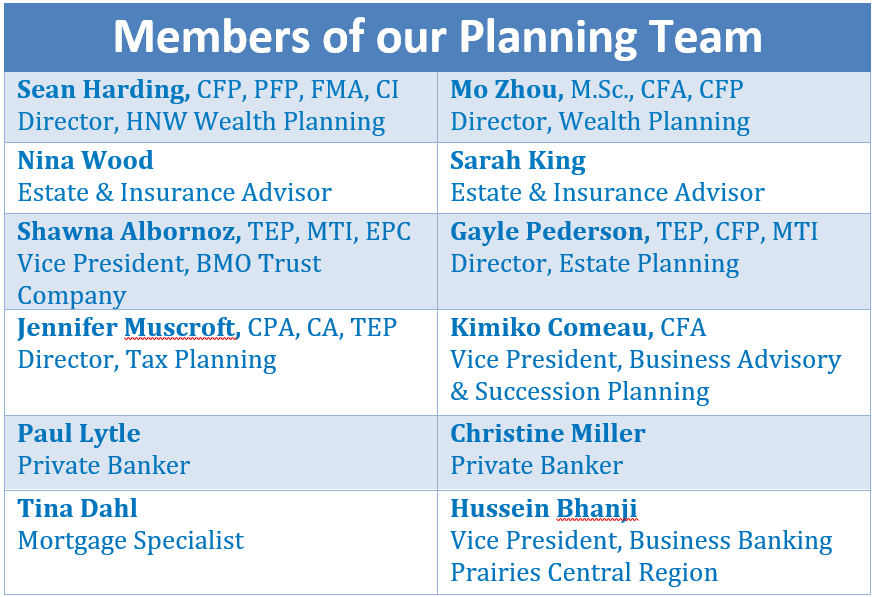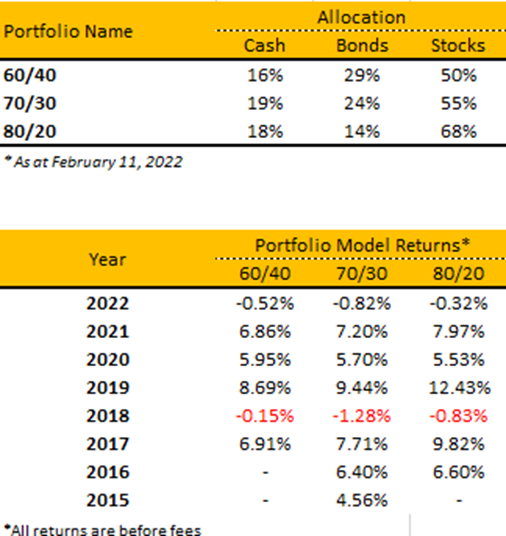February 2022 Update
Stephen Biddle - Feb 15, 2022
Our market update this month discusses the possible emerging bear market we could be seeing. The Tech Sector was hit considerably harder than other sectors in January - and we believe the growth is bound to slow in 2022.

Money is a tool. It's something that supports your life!
Our market update this month discusses the possible emerging bear market we could be seeing. The Tech Sector was hit considerably harder than other sectors in January - and we believe the growth is bound to slow in 2022. We share our portfolio performance and returns, as well as a some education into the minds of millennials and their money stress. We also share an article of RSP vs. TFSAs: which is better when it comes to putting money away? There's more to consider than just contribution limits!
Interesting Charts
1) The pandemic has really made market predictions and economic strategies hard to pinpont.
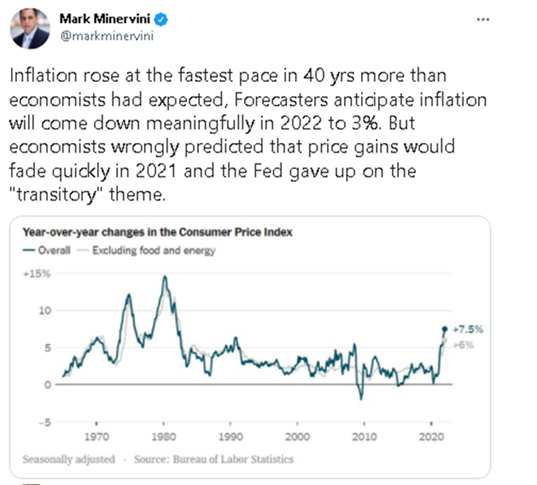
2) My only question:: Where is China putitng all these buildings?!
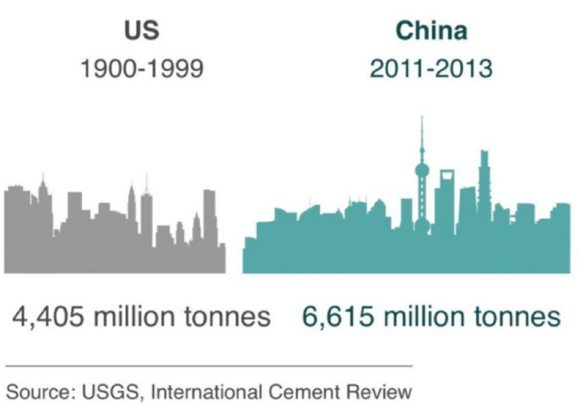
3) Cycles in the market are an extensive topic to cover - and it circles around monetary policy.
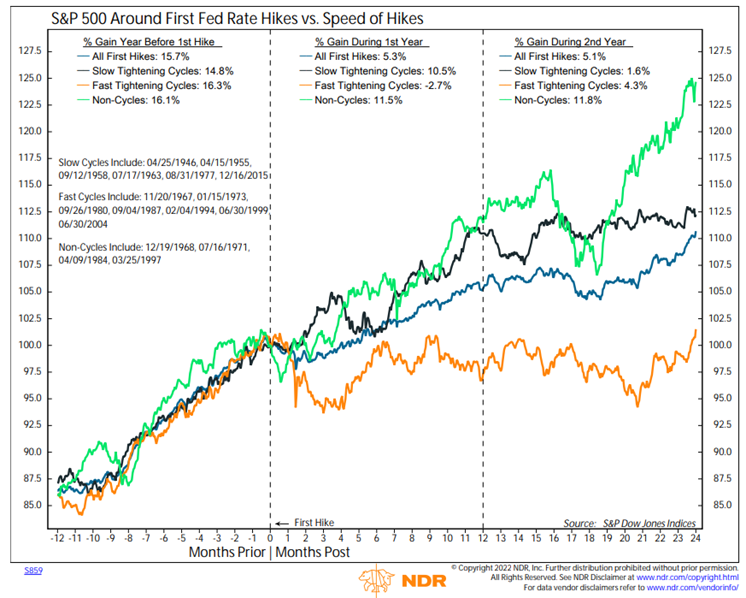
4) Don't be discouraged by market performances until you find out the underlying reasons for dips and corrections. Some market directions are cyclical depending on political situations and may not accurately reflect economic conditions...
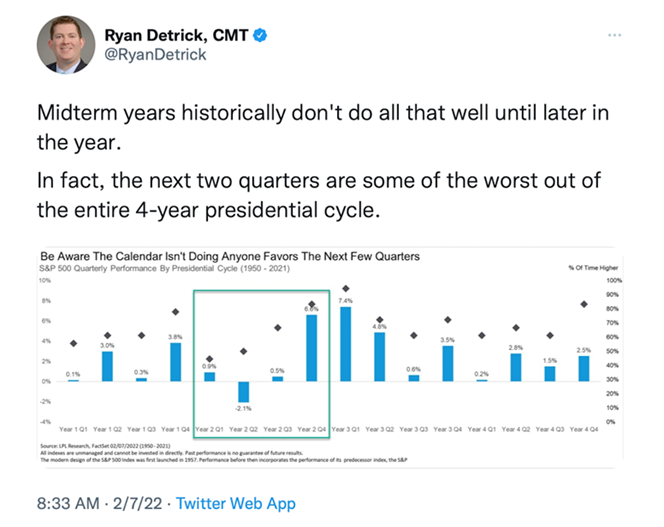
Technical Comments

- The January monthly Emini candlestick was an outside down bar with a long tail below after an outside up December. It closed above the December low but slightly below the middle of the bar. It is a slightly bearish bar.
- However, the long tail below indicates that the bears are not as strong as they would have liked to be.
- The bears want a breakout below January and a measured move based on the height of the OO which will take them to around 3600. However, while January closed slightly below the middle of the bar, it has a long tail below. That is not a strong sell signal bar. Selling below a moderate sell signal bar at the bottom of a 7-month trading range may be risky if more traders think the trading range is more important and would, therefore, BLSH (Buy Low Sell High).
- The bears will need February to close as another bear follow-through bar below January’s low to convince traders that a deeper correction is underway.
- The bulls see the January selloff as a long-overdue pullback. They want a reversal higher from a double bottom bull flag with the October low and a retest of the trend extreme and a subsequent breakout to a new high.
- The Emini is currently in the middle of a 7-month trading range. This is an area of balance. Traders are still deciding whether February or March should trade above or below January’s range.
- The bull trend on the monthly chart has been very strong. Even if it sells off for a 10 to 20% correction, that would still only be a pullback on the monthly chart (even though it could be a bear trend on the daily chart) and not continue straight down into a bear trend.
- The best the bears will probably get on the monthly chart is a trading range for many months to around a 20% correction down to the gap on the monthly chart below April 2021 low and around the 4,000 Big Round Number
- We have said that this rally is overextended and there is a likely micro wedge forming which makes it less likely that it will continue up throughout 2022 without a pullback. January was the pullback.
- Most pullbacks since the pandemic crash only lasted 1 month (Jan 2021, Sept 2021, Nov 2021) except for Sept-Oct 2020 which lasted 2 months. (On a side note, there was a lot of uncertainty during Sept-Oct 2020 period leading into the election between Trump vs Biden.)
- The bull trend from the pandemic crash has been in a very tight bull channel. The first reversal down will probably be minor even if it lasts a few months.
- The gap up in April 2021 could lead to a measured move up to 5,801.5 before the bull trend finally ends.
The Portfolios
After an extremely strong 2021, January presented investors with wild stock swings. No sector was harder hit than high multiple technology stocks as concerns about rising inflation and associated higher interest rates took center stage. We still think Omicron and tensions on the Ukrainian border are not the primary market movers at this point and that COVID-19 will soon morph into something more akin to a bad flu (more infectious but less severe).
At this point, the most important task is to think about the factors that will drive markets going forward and preferably for the balance of 2022. In our view, economic momentum (the change in the economy’s growth rate) is a good place to start. While global economic activity should continue to be robust, thereby allowing publicly traded companies to maintain elevated profitability, we do think the rate of growth in activity is bound to slow in 2022 from 2021’s impressive COVID rebound. This will have important implications for market and sector performance over the next number of quarters. As we discuss below, historically, the market can post small positive returns in such an environment but the leading sectors have tended to be defensive (think of consumer staples, healthcare, REITs) rather than cyclicals like Technology, Consumer Discretionary or Auto stocks.
To be clear, our key messages are that 1) we are still positive on equities -especially vs. bonds- but that investors SHOULD NOT expect another 20%+ return year from stocks and 2) we think the TSX should continue outperforming at least in the short term given huge valuation support and natural resource tailwinds (especially energy).
February was a slow month in the portfolio. We avoided much of the downturn in the markets in Janauary. We added new positions in Ratheon Technologies Corp and Citigroup Inc and sold Kellogs.
Returns on our 60/40, 70/30, and 80/20 portfolios before fees: As of February 11, 2022
Millennial Minute
Ashley takes a backseat this month for the Millennial Minute - and instead, we share a very interesting article regarding Millennials and their money worries. 55% of millennials find that dealing with money is stressful and intimidating - and it's holding them back from their financial goals.
Click here to read more! And feel free to share this with your kids and younger investors.
Planning Topic
RSP vs. TFSA - When deciding where to invest your money for the tax benefits, there's more to consider than just your contribution limits. The Financial Post offers some guidance when it comes to this decision. Click here to read more!
You can also check out our Financial 15 Podcast regarding TFSA vs RSP - Click here to listen!
